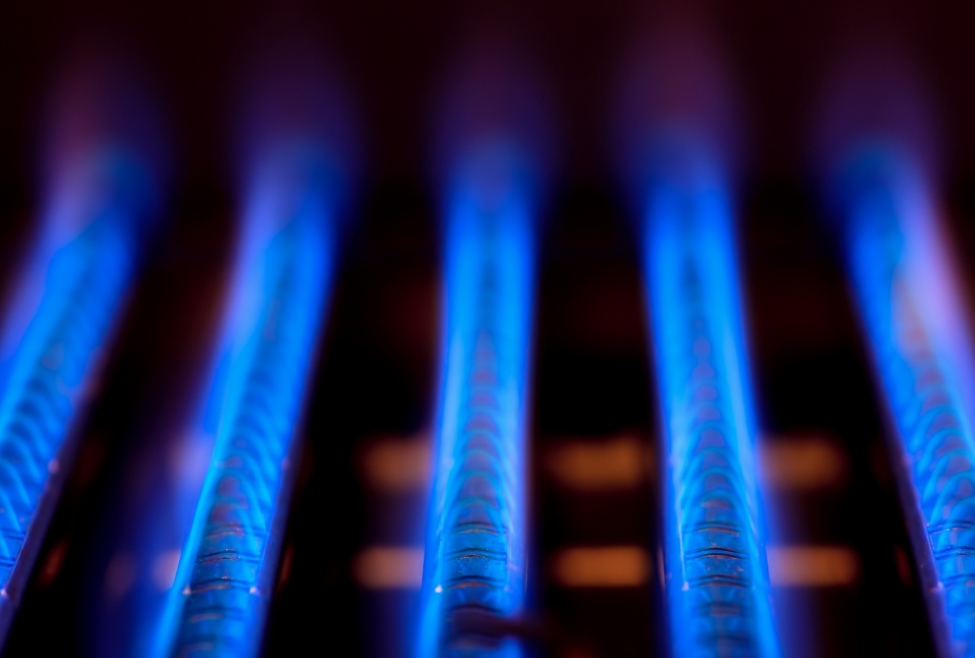
What You Need to Know to Keep Your Furnace Running
If your furnace keeps shutting off or isn’t producing heat, a flame sensor problem could be the culprit. This small but essential component ensures your gas furnace operates safely by detecting the burner’s flame. When it fails, your heating system may shut down as a safety precaution, leaving you in the cold.
At Family Heating and Cooling, we specialize in diagnosing and repairing furnace problems in New Bedford, Fall River, Taunton, Dartmouth, Somerset, and Fairhaven. Here’s everything you need to know about your flame sensor, including how to spot issues and when to call for professional HVAC repair.
What Is a Flame Sensor and How Does It Work?
A flame sensor is a small metal rod inside your furnace that detects whether the burner is producing a flame. If it doesn’t sense a flame, the sensor signals the control board to shut off the gas valve, preventing unburned gas from filling your home.
Over time, dirt, dust, and carbon buildup can coat the sensor, causing it to misread the flame or stop working entirely. That’s why regular furnace maintenance is crucial to keeping your heating system running efficiently.
Signs of a Faulty Flame Sensor
If your flame sensor is dirty or malfunctioning, your furnace may:
- Shut off right after igniting – If your furnace starts but turns off within a few seconds, the sensor may not be detecting the flame.
- Fail to produce heat – A broken flame sensor can cause your furnace to shut down completely.
- Trigger the furnace to cycle frequently – If your furnace keeps turning on and off, the sensor may be sending false signals.
- Show an error code – Many modern furnaces have diagnostic lights that indicate a flame sensor issue.
If you notice any of these signs, it’s time for a furnace inspection.
How to Fix a Flame Sensor Issue
1. Cleaning the Flame Sensor
A dirty flame sensor is one of the most common furnace problems. Cleaning it can often restore proper function. However, handling furnace components without proper training can be risky. If you’re unsure, it’s best to call a professional for heating system repair.
2. Replacing a Faulty Flame Sensor
If cleaning doesn’t solve the issue, the flame sensor may be broken and need replacement. Family Heating and Cooling offers fast, reliable furnace repairs to get your heating system back on track.
3. Scheduling Regular Furnace Maintenance
Preventative maintenance is the best way to avoid HVAC issues. Our furnace tune-up services help keep critical components like your flame sensor clean and functioning properly.
Why Choose Family Heating and Cooling?
For homeowners in Westport, Raynham, Acushnet, Seekonk, Swansea, and Dighton, we offer expert HVAC services, including:
✔ Flame sensor cleaning and replacement
✔ Furnace repair and maintenance
✔ Heating system inspections
✔ Emergency HVAC services
Don’t let a flame sensor issue leave you in the cold! Contact Family Heating and Cooling today for professional furnace repair and maintenance.
FAQs
Can I run my furnace without a flame sensor?
No, your furnace cannot safely run without a flame sensor. This critical safety component detects whether the burner is ignited. If the sensor is missing or malfunctioning, the furnace will shut off to prevent unburned gas from leaking into your home. If your flame sensor is faulty, contact Family Heating and Cooling for professional furnace repair to restore safe operation.
How much does a flame sensor cost for a furnace?
The cost of a flame sensor replacement varies depending on the furnace model and labor costs. On average, a new flame sensor costs between $30 and $100, while professional installation may range from $150 to $300. Regular furnace maintenance can help prevent costly replacements by keeping your flame sensor clean and functional.
How to reset a furnace flame sensor?
There isn’t a direct way to “reset” a flame sensor, but if your furnace is shutting off due to a flame sensor issue, try the following steps:
- Turn off the power to your furnace.
- Shut off the gas supply for safety.
- Remove and clean the flame sensor with a fine abrasive pad to remove dirt or carbon buildup.
- Reinstall the sensor, restore power, and turn on the gas.
- Restart the furnace to see if it stays on.
If your flame sensor problem persists, you may need a furnace repair technician to replace it.
Is a flame sensor and igniter the same thing?
No, a flame sensor and an igniter are two different components. The igniter starts the flame in your furnace, while the flame sensor detects whether the burner is lit. If either of these parts fail, your furnace may not produce heat. If your furnace isn’t igniting or staying on, call Family Heating and Cooling for expert heating system repairs.
How to test if a flame sensor is working?
To test if your flame sensor is functioning, follow these steps:
- Turn off power to your furnace.
- Locate the flame sensor, usually near the burner assembly.
- Remove the sensor and check for dirt or corrosion.
- Use a multimeter set to microamps and place the probes on the sensor’s wiring.
- Turn the furnace back on and observe the readings. A working sensor should read between 2 to 6 microamps.
If the reading is too low or nonexistent, the flame sensor may need cleaning or replacement. For reliable HVAC service, schedule a furnace inspection with Family Heating and Cooling today!






